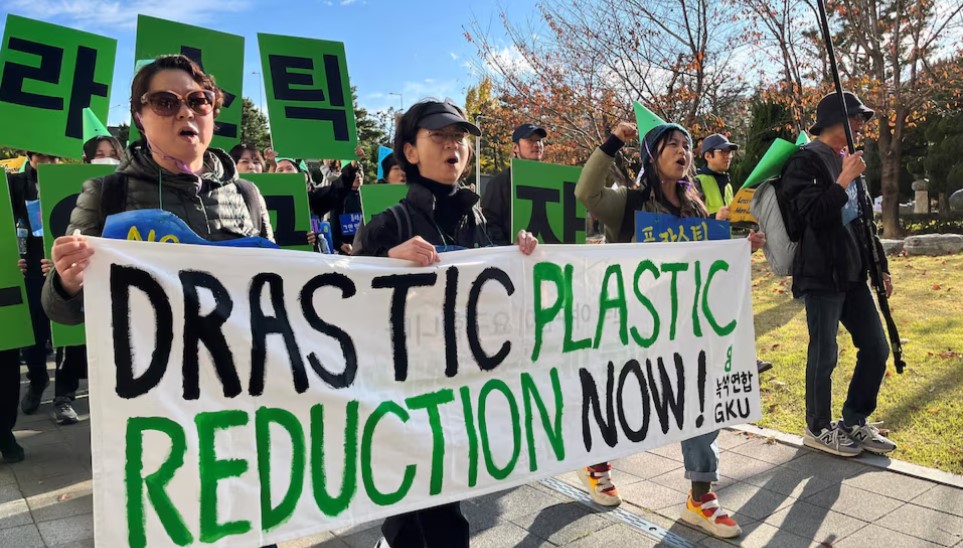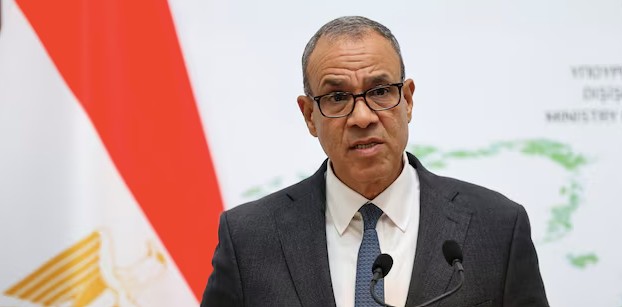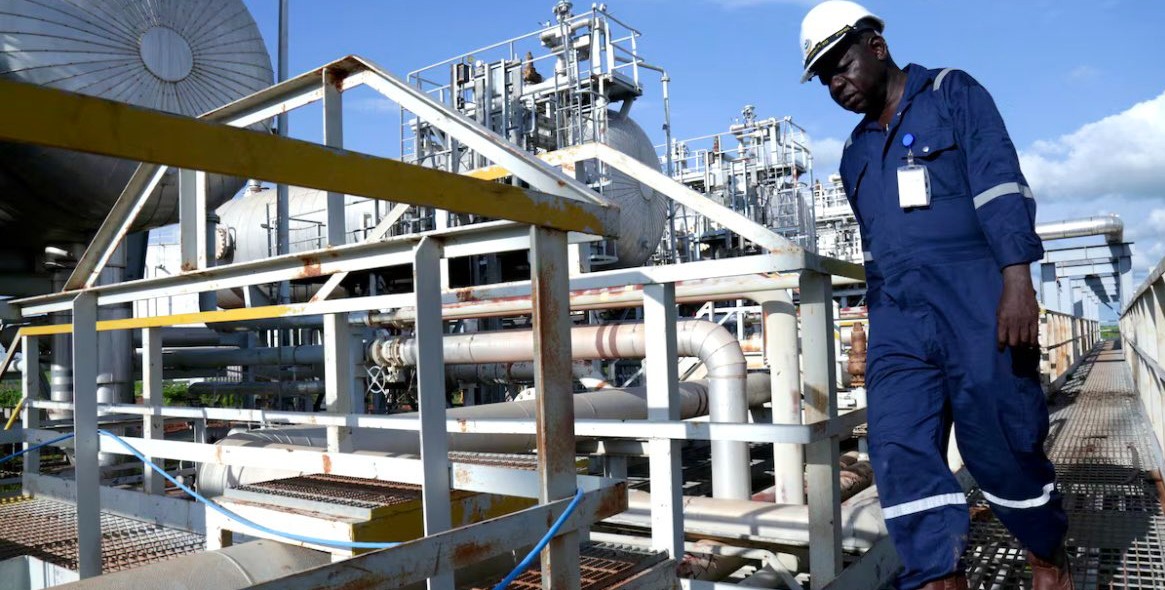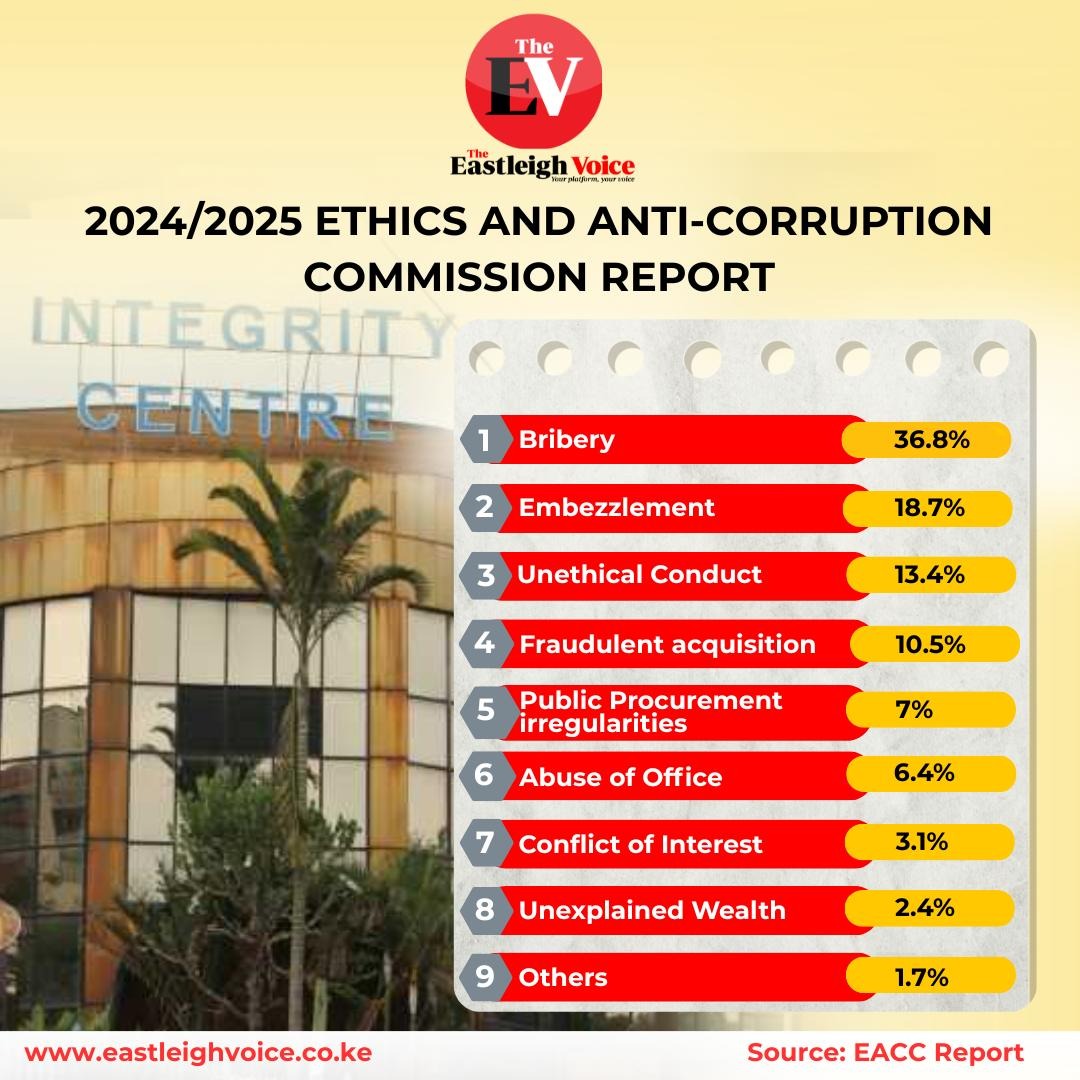UN negotiations enter final stretch for historic global plastics treaty amid falling recycling rates

Every year, the world makes more than 400 million tons of new plastic, and that could grow by about 70 per cent by 2040 without policy changes, according to the UN.
Global efforts to finalise the development of an international legally binding instrument aimed at ending plastic pollution are entering their final stages.
The second part of the fifth session of the Intergovernmental Negotiating Committee (INC), an arm of the UN Environment Programme (UNEP), opened Tuesday in Geneva, Switzerland.
More To Read
- We tested if a specialised magnetic powder could remove microplastics from drinking water: The answer is yes
- How Nigeria’s plastic waste could enrich the fashion industry
- NEMA launches crackdown on factories producing plastic bags
- Unseen and unprotected: The hidden workforce battling Kenya’s waste crisis
- The recycling dilemma: Most plastic still ends up as waste
- Kenya calls for swift action on global plastic pollution treaty
Running for two weeks until August 14, the session aims to finalise and approve the text of the agreement and forward it for consideration and adoption.
It is the sixth time the negotiators are meeting, hopefully the last meeting.
The negotiating committee chair, Luis Vayas Valdivieso, reckons that countries have not been able to find a systematic and effective way to stop plastic pollution.
He hopes that the convention will finally develop a legally binding instrument on plastic pollution to avert the looming crisis.
“For the first time in history, the world is within reach of a legally binding international instrument to end plastic pollution,” Vayas said.
“We are facing a global crisis. Plastic pollution is damaging ecosystems, polluting our oceans and rivers, threatening biodiversity, harming human health and unfairly impacting the most vulnerable. The urgency is real.”
Every year, the world makes more than 400 million tons of new plastic, and that could grow by about 70 per cent by 2040 without policy changes, according to the UN.
Out of the produced capacity, between 19 million and 23 million tons leak into aquatic ecosystems annually, which the UN warns could jump 50 per cent by 2040 without urgent action.
The call for harmonised standards comes alongside a sobering new report showing a decline in global circularity, the rate at which materials are reused or recycled.
The 2025 Circularity Gap Report shows that the share of secondary materials entering the global economy is low and steadily falling year-on-year.
This has fallen from 7.2 per cent in 2018 to 6.9 per cent currently, despite growing recycling efforts.
In other words, it means only 6.9 per cent of the about 106 billion tonnes of materials used annually by the global economy come from recycled sources, a 2.2 percentage point drop since 2015.
The report further reveals that the global material consumption is outpacing population growth and generating more waste than recycling systems can handle.
This underscores the need for global circular economy targets, system-level transformation and multilateral collaboration.
While the use of recycled materials increased by about 200 million tonnes from 2018 to 2021, overall material consumption rose much faster, offsetting these improvements.
The report thus calls for reducing reliance on virgin materials by prioritising recycled content, enhancing resource efficiency throughout operations and value chains, and designing products for longevity through durable design, repairability and modularity.
Top Stories Today












































